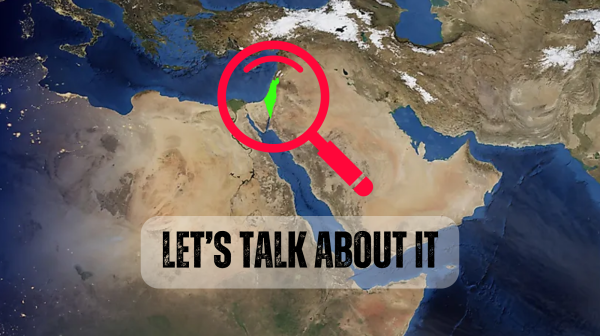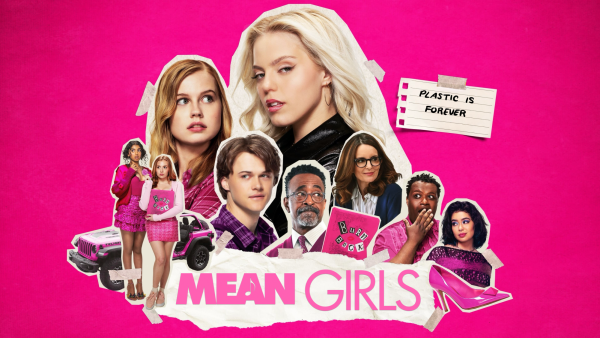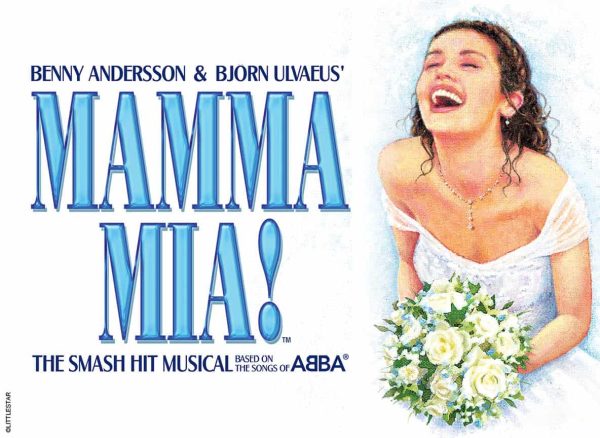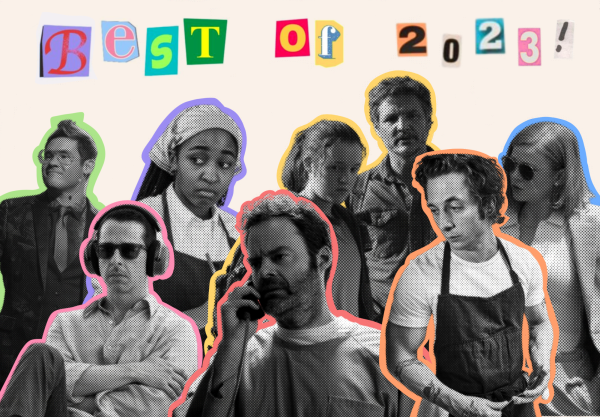The real price of freemium games
Sales charts don’t lie: free game apps are addictive. Nowhere is this more evident than in the halls of high school, where apps like “Trivia Crack” and “Flappy Bird” have spread throughout the student body faster than the annual norovirus. Their bright colors, simple mechanics and snazzy graphics are like candy to the human brain. Once you start, it’s hard to stop.
This is especially true if the games are designed to be that way. It makes sense; games with in-app purchases, for instance, make money by engaging as many active players as possible for as long as possible, with the hope of eventually squeezing money out of them. I have found over the years that, as a result of this, many popular freemium games just aren’t fair to players, and quickly lose their luster. Even the seemingly innocent “Trivia Crack” can be downright devious with its tactics.
It all begins with psychology. There’s a whole “pay to progress faster” methodology that first entered the public consciousness with FaceBook’s “FarmVille.” This method is used by many modern mobile apps: “Candy Crush,” “Tiny Tower,” “The Sims,” and “Tap-Out,” to name just a few. Instead of paying for the game once, it’s downloaded for free, and the tradeoff is that players are offered a myriad of microtransactions. These are usually able to speed up the story progression or give in-game advantages. Then, as players go on, the difficulty curve and scope of the game increases, but it never stops asking for money. Eventually, players have invested so much into the game that it’s incredibly difficult to let go. This cyclic pay-to-progress mechanic is compounded by the fact that these games could theoretically be played infinitely.
Not all free mobile games are coercively “freemium,” of course; “Flappy Bird” was one example. Its revenue was based on advertisements, there were no in-app purchases, and it was never meant to be addictive, according to a Forbes Magazine interview of creator Dong Nguyen. Additionally, there are some free games where you can upgrade to some kind of full or premium version after a one-time payment. Again, that isn’t the type of game I’m talking about.
One of the best examples to illustrate what I do mean is an app that dominated the charts for a good while: “Kim Kardashian: Hollywood.” This game hooked me right away with attractive graphics, character customization and the promise of celebrity life. The tutorial is incredibly fun, and it leaves you with just enough money to buy some cute clothes. I’ll admit I was hooked by the time the real gameplay began.
Here’s where things get manipulative. First, you’re introduced to two types of in-game currency. There’s regular cash earned by doing modeling jobs, which is basically tapping things on the screen (as many know, it’s more fun than it sounds.) Then there’s diamond-encrusted K coins, which cost real money. Surprise, surprise: most of the clothes, furniture and hair costs a large amount of K coins.
Cosmetics are one thing, but clothes are integral to playing the game and earning more in-game prestige. If the player fails to buy new clothes before going out with a boyfriend or girlfriend in the game, for example, they will be told something like “You could have dressed up more for the date…” and eventually, the player will be dumped if they fail to go on these (expensive) outings. That’s more than sketchy. The game is emotionally punishing players for not spending money.
The game does give the option to earn a small amount of K coins by watching in-app advertisements or completing offers. While desperate players spend hours slowly grinding for currency, the developers receive sponsor revenue. It’s kind of like doing a soul-rending minimum wage job, but for virtual Monopoly money. I’ve seen this option in several popular games and it’s never fun. In the past, I can remember cash farming for more than an hour to afford something like a new song on a singing app or a virtual pet for my barren Los Angeles apartment in Kim K.
The app promises a world where anyone can be a Kardashian. In reality, playing feels like the opposite. Its virtual world becomes a cruel parallel to modern America’s class struggle. No matter how many hours a hardworking player may spend grinding for K coins, there will always be a circle of players — the real-life Kardashians — that can just drop more than a grand on the game, easily maintaining their spot among the elite. This isn’t unique to Kim K. In a game where you must “pay to win,” those with real-life riches nearly always top the leaderboard.
What’s more, regular players can’t play these games for long. Instead, there’s usually some kind of “energy” bar that depletes as they do tasks, and it usually runs out right in the middle of an action. This forces players to progress through the game’s story at a painful crawl. Unless, of course, they pay a few dollars to replenish their energy immediately. It’s an easy moneymaking tactic: nobody likes to wait. Some might even find it agonizing.
On first glance, it seems that this recent “Trivia Crack” fad is not nearly as underhanded. While it’s true that a player does not necessarily need money to enjoy the game, there’s still some treachery at work in the form of power-ups. If the player is stumped on a particular question, they can use in-game gold coins to do several things: add time, eliminate some wrong answers, give two chances to guess, or skip to a new question. Essentially, cheat.
It’s all very coercive because coins are finite, but can be purchased for real money. Their most expensive bundle costs 99 dollars, and provides players with 1,300 coins. Most players probably won’t be tempted to drop 99 dollars on the game right away, of course, but the fact that this option exists at all is kind of scary, and shows just how far a person can be sucked into “Trivia Crack,” which I would probably appraise at six dollars, max.
Furthermore, much like in Kim K, you’re encouraged to pay for unfair advantages. Freemium games can do things the right way by offering purely aesthetic in-game purchases to support the developers, like new skins for the game. They can also simply charge for an ad-free version. “Trivia Crack” uses this latter option, but keeps its cheat coin feature nonetheless. An unfair experience like that, which constantly reminds me to buy more coins and extra spins, is worth neither my time nor money.
In fact, upon reflecting on all the freemium games I’ve spent time with over the years, there’s one common theme: I can’t remember a single one that I’m happy I played. The only memories that come back to me are vegging out in front of the TV while repeatedly tapping the “Play Ad” button, or barely remembering to come back and play “Tiny Tower” every day before my visits tapered off, like some hollow relationship kept alive only by a vague feeling of obligation. For me, the only incentive to play freemium titles at all is the ability to do it with friends — but to be honest, if given the choice, I’d rather just play a game of Jenga with them. No microtransactions involved.
The real problem with pouring money and time into these freemium “waiting games” is that they never end. Sure, you can keep building your farm or fortifying your empire, but the game will never reach any sort of satisfying conclusion. It will just keep asking for money, forever. The only ones who end up winning are the developers, and that’s what tells me it’s time to say no and power off.
Your donation will support the student journalists of Omaha Westside High School. Your contribution will allow us to purchase equipment and cover our annual website hosting costs.












